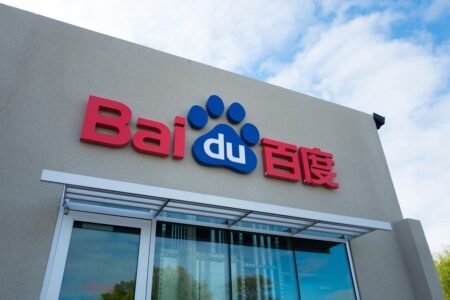Last Wednesday, the stock market saw a significant decline, the heaviest since October 14, 2022, following a similar decline in reaction to the September CPI report. The S&P dropped 2.3% while the Nasdaq Composite was down 3.6%. However, the rally in the value sectors and stocks that began in July continued, with the Dow Jones Industrial Average gaining over 1.6% and the iShares Russell 2000 leading the way with a double-digit gain year-to-date.
Throughout the week, the small-cap iShares Russell 2000 saw a significant increase, showing a double-digit gain of 12.3% year-to-date. Meanwhile, the Nasdaq 100 Index was up 1% on Friday but still down 2.6% for the week, and the S&P 500 was also lower by 0.8%. The NYSE saw 1,776 issues advancing and 1,096 declining, with weighted averages making new highs but unweighted advance/decline lines not showing true divergences.
The NYSE Composite closed just above resistance, projecting another rally of over 5%. The Spyder Trust dropped below the monthly pivot but gained 1.1% on Friday. The S&P 500 Advance/Decline line moved above resistance, and the NASDAQ 100 Advance/Decline also moved through resistance in early July. Additionally, the tech-heavy ETFs experienced declines ranging from 2.3% to 4.4%, while the S&P 500 Equal Weighted Index was up 3.3%.
At the end of June, META surged above resistance but ultimately dropped 15.4% over the following days, forming a bearish divergence. META’s On-Balance Volume failed to overcome resistance, further indicating weakness. Looking ahead, as MSFT, AAPL, META, and AMZN report earnings, investors are closely monitoring QQQ, which has holdings in these companies. QQQ closed below its starc- bands but was up 1% on Friday, still below its 20-day EMA.
The technical outlook does not warn of heavy new selling in reaction to this week’s tech earnings. Analysts are concerned about whether the Fed has waited too long to cut rates ahead of Friday’s job report. Investors are advised to wait for positive technical signals before considering re-entry into tech stocks and to manage risk accordingly. Overall, there is evidence suggesting that the worst of the selling may be over, with a focus on internal strength within the market.











